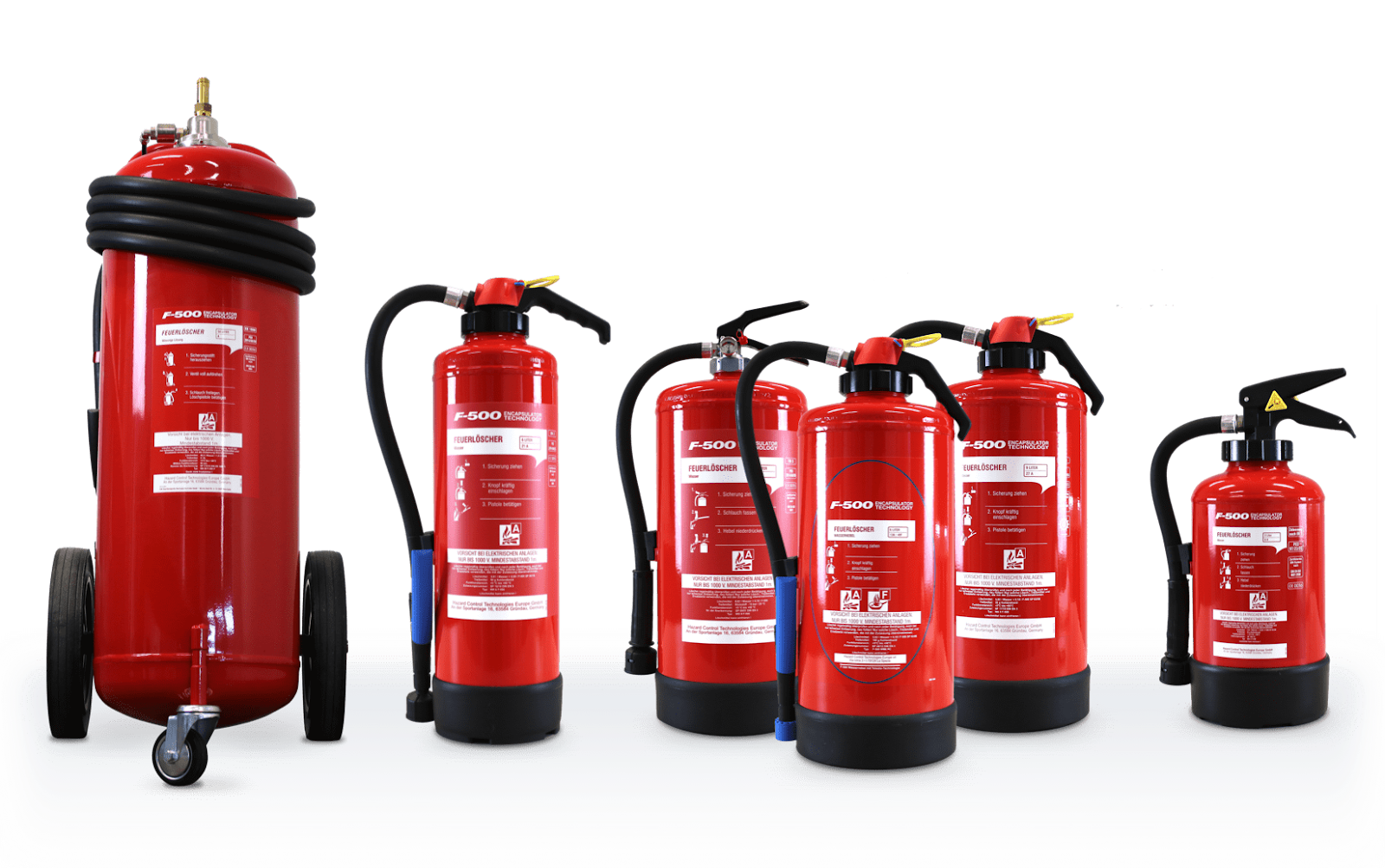Ensuring Safety in Lithium Battery Incidents: The Importance of Fire Extinguishers, Safety Cases, and Protective Gear
In recent years, the rise in popularity of electric bicycles and other electronic devices powered by lithium batteries has brought about new safety challenges. Lithium batteries, while efficient and powerful, can pose significant fire risks if mishandled or damaged. Understanding how to effectively manage these risks is crucial for ensuring both personal and property safety.
Fire Extinguisher for Lithium Batteries
One of the primary concerns with lithium batteries is their susceptibility to thermal runaway—a chain reaction of increasing temperature and fire risk. When a lithium battery catches fire, traditional methods like water can exacerbate the situation. Hence, specialized fire extinguishers lithium battery fires are essential. These Class D extinguishers use dry powder agents like sodium chloride or lithium chloride to smother the fire and prevent the battery from reacting further with oxygen. Investing in such extinguishers and knowing how to use them can significantly mitigate the risks associated with lithium battery fires.
Extinguishing Lithium Battery Fires
In the event of a lithium battery fire, quick action is crucial. Here are steps to effectively extinguish the fire:
- Safety First: Ensure personal safety by wearing protective gear, including a fire mask and gloves.
- Isolate the Battery: If possible, disconnect the battery from its power source to prevent further electrical reactions.
- Use a Class D Extinguisher: Employ a Class D fire extinguisher specifically designed for metal fires. Aim at the base of the fire and sweep side to side to cover the entire area.
- Alternative Methods: If a Class D extinguisher is unavailable, use dry sand, dry powder (not sodium bicarbonate), or a non-flammable material to smother the flames and cool the battery.
- Evacuate and Ventilate: Evacuate the area and ensure proper ventilation to dissipate any remaining gases or fumes.
Electric Bicycle Battery Case and Safety Measures
Electric bicycles (e-bikes) commonly use lithium batteries housed within protective battery cases. These cases are designed to contain any potential fire or thermal events, reducing the risk of spreading to other components or surroundings. Regular inspection and maintenance of the battery case are crucial to ensure its integrity and effectiveness in containing a fire if it occurs.
Safety Case and Safety Box
A safety case is a detailed document that outlines the hazards, risks, and control measures associated with handling lithium batteries and other hazardous materials. It includes emergency response plans, safety protocols, and mitigation strategies to prevent accidents and ensure regulatory compliance.
A safety box, on the other hand, refers to a secure storage container designed to safely store lithium batteries or other hazardous materials when not in use. It helps prevent accidental damage or exposure that could lead to fires or other emergencies.
Fire Mask for Firefighters
Fire masks are specialized respiratory protective equipment worn by firefighters during firefighting operations. These masks filter out smoke, toxic gases, and particles, providing clean air for breathing in hazardous environments. They are essential for firefighter safety and effectiveness in mitigating fires and conducting rescue missions.
Conclusion
As the use of lithium batteries continues to grow across various industries, understanding and implementing proper safety measures are critical. Investing in fire extinguishers designed for lithium batteries, maintaining robust safety cases and safety boxes, and ensuring firefighters have access to effective fire masks are all essential steps in safeguarding against the risks associated with lithium battery incidents. By prioritizing safety and preparedness, individuals and organizations can mitigate risks and ensure a safer environment for all.

Comments
Post a Comment